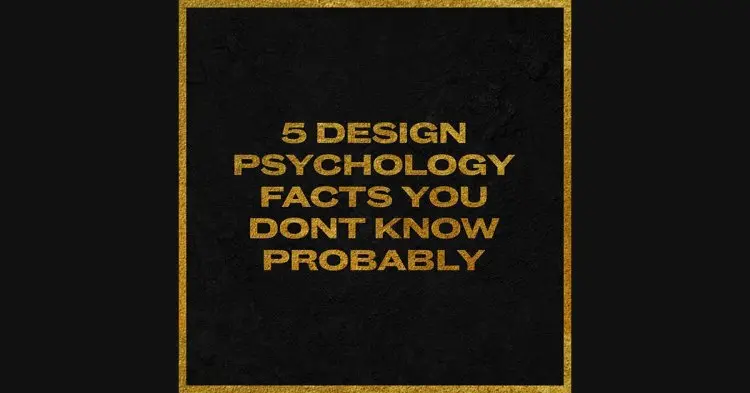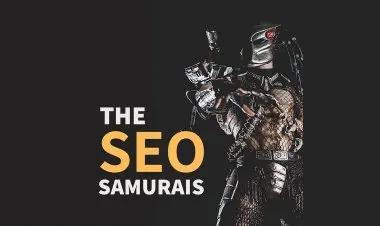5 Design Psychology Facts You Don’t Know Probably
5 Design Psychology facts you don’t know probably

5 Design Psychology Facts You Don’t Know Probably
1. FONTS Wrcl- PERSONALITY ACTUALLY NDUCE LESS EMOTION
Non-designers don't care about font type at all whatsoever. They just want a simple, large, legible typeface. Size and simplicity is what has been found to induce emotion.
2. YOUR DESIGN SI-IOULD NEVER BE IN CONTROL
YOUR USERS AREN'T PUPPETS ON A STRING. LANDING ON A WEBSITE AND THEN HAVING A POPUP OR AUTO-PLAY VIDEO COMPLETELY INTERRUPT YOUR FLOW INCREASES COGNITIVE LOAD IN THE BRAIN. WE ALL HATE THINKING.
3. ONLY 3% WE3STES USE ThES ENS Cr' '1 E. NOM ENON
Ever wonder why you don't feel your hair ? People tune out consistency. Does your call-to-action blend in with your design ? It shouldn't if you want people to notice it.
4. EMOTION + MEMORY IS THE KEY
Associating emotion with a memory is powerful similary Associating our website or app with a positive experience means users will be more able to recall our product, are more iikely to visit again and more inclined to recommend us to a friend. If we can provide a delightful or exciting experience, we can extend the success of our product without having to fall back on expensive advertising or PPC spend to keep our product front-of-mind.
5. PEOPLE WAVE LIMITATIONS ESPECIALLY WI-IEN IT COMES TO LEARNING
Cognitive psychologists have found that the brain has its certain limitation in the amount of information it can process at once. When an information enters the brain and enough attention is given to it, it is processed by the long-term memory and stored in the brain along with related information. Similar ideas are grouped together. This is why people can use learning strategies including mnemonic devices and chunking






